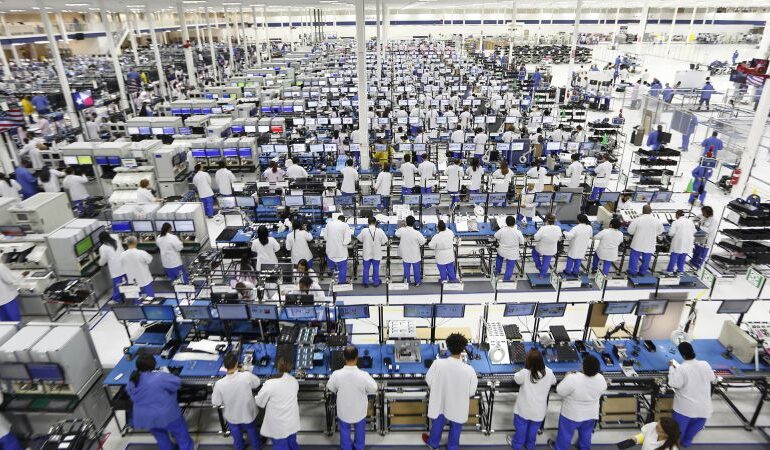Motorola’s Past U.S. Smartphone Venture Offers Lessons for Future

In 2013, Motorola attempted to capture a larger share of the smartphone market by launching the Moto X, assembled in Fort Worth, Texas. The initiative, branded with the slogan “Made in the USA,” aimed to attract consumers who preferred domestically produced products. Yet, the efforts were short-lived; by 2014, the company had closed the Texas factory, highlighting the challenges of manufacturing smartphones in America.
Dennis Woodside, the former CEO of Motorola and current CEO of Freshworks, reflected on this experience during a recent interview. He emphasized that while there was interest from a segment of consumers to purchase American-made products, the economic realities proved overwhelming. “You have to have a very strong value proposition to the employee,” he noted, emphasizing the need for companies to offer competitive wages and conditions to retain skilled workers.
Challenges of U.S. Manufacturing
The closure of the Texas factory illustrates significant factors that hinder domestic smartphone production. Proximity to suppliers and lower labor costs in Asia and South America are major advantages for companies like Apple and Samsung. The skills gap in the U.S. workforce also complicates the situation. Many potential employees lack the necessary training for specialized manufacturing roles, leading to difficulties in filling factory positions.
Woodside pointed out that the Moto X project involved sourcing components like batteries and screens from suppliers in Asia, despite the assembly taking place in Texas. This underscores the fragmented nature of the supply chain, which poses additional challenges for companies attempting to manufacture smartphones in the U.S.
The U.S. manufacturing sector has faced a consistent decline in job numbers. According to the U.S. Bureau of Labor Statistics, approximately 11,000 manufacturing jobs were lost between June and July 2024. While this number is lower than previous months, it reflects ongoing struggles within the industry. A survey from the Cato Institute revealed that many Americans do not view factory work as preferable to their current employment, further complicating efforts to build a skilled workforce.
Insights for Future Manufacturing Efforts
As the U.S. government pushes for more domestic production, particularly in technology, Woodside’s advice remains pertinent. He highlights the importance of understanding the specific skills required for manufacturing smartphones. “Understanding the nature of the product you’re making and thinking about whether you’ll have to completely train the workforce is crucial,” he stated.
The experience of Motorola, which was assembling around 100,000 phones per week before its factory closure, provides valuable lessons for any tech company considering a similar venture today. The relatively small scale of production in the U.S. compared to countries like China makes it imperative for companies to evaluate their workforce strategies carefully.
In contrast, China’s substantial manufacturing sector employs roughly 123 million people, with abundant options for assembly work. The New York Times reported that Apple’s partner Foxconn was assembling approximately 350 iPhones every minute at its Zhengzhou facility as far back as 2016. This efficiency is attributed to China’s systematic approach to workforce training and development, which stands in stark contrast to the fragmented U.S. model.
As the landscape of smartphone manufacturing continues to evolve, companies looking to produce in the U.S. must address these challenges head-on. For now, the lessons learned from Motorola’s ambitious attempt to manufacture domestically serve as a reminder of the complexities involved in such an undertaking.





